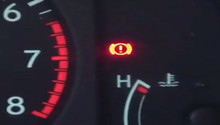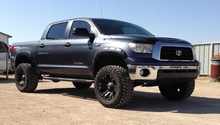Toyota Tacoma: Why Did My ABS Light Come On?
The ABS warning light is your Toyota Tacoma's way of telling you something has gone wrong in the ABS system. Read on to learn how to diagnose this notification.
This article applies to the Toyota Tacoma (1996-present).
The Toyota Tacoma is equipped with electrical sensors all around. When a certain component goes bad, the sensor catches it and sends you a signal, which comes in the form of a warning light. The ABS warning light comes on when there is something wrong with the ABS system, and not necessary the brakes. However, it should still be treated with a sense of urgency, as it is a big part of the braking system. This guide will show you how to diagnose the ABS warning light should it appear on your Toyota Tacoma's dashboard.
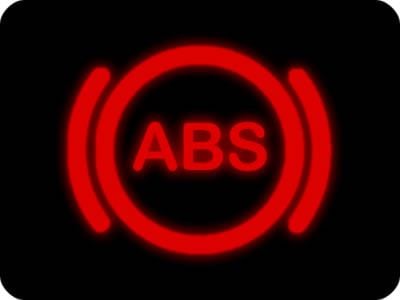

Materials Needed
- Flashlight
- Jack and jack stands
- Socket set
- Tire iron
Step 1 – Check the ABS wiring
It could be worn or cracked.
The ABS wires are exposed, which means the rougher the weather, the rougher conditions they get exposed to. If one of the wires get cracked or wears out, the ABS warning light will go on. Use your flashlight to inspect the wires going from the sensors at each wheel, on the back of the wheel hub, then follow the wires as you inspect their condition.
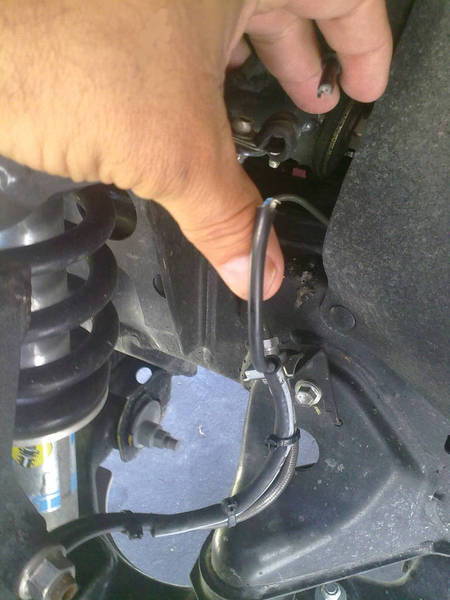
If the wires are in good shape, proceed to Step 2.
Step 2 – Clean the ABS sensor
It could be covered in dirt or grime.
Like the ABS wires, the ABS sensors are exposed on the back of the wheel hubs. If they collect enough dirt and grime, they could send false signals, which will result in the ABS warning light showing up on your dashboard. Use your socket to remove the two bolts holding the ABS sensor to the back of the wheel hub, pull the sensor out, and clean it thoroughly. Install the ABS sensor back in place and tighten its bolts. Do the same procedure for the rest of the ABS sensors.
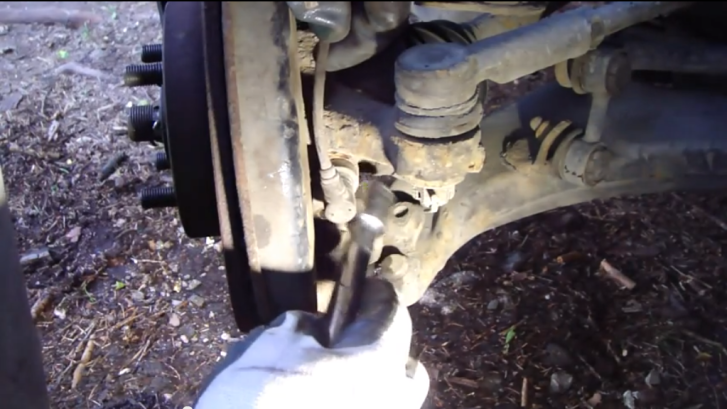
If the ABS sensors are all clean, proceed to Step 3.
Step 3 – Inspect the brake pads
They could be too thin.
If the brake pads reach the minimum legal thickness, which is two to three millimeters, the ABS warning light could go on. Loosen the lug nuts on your wheel, then raise your truck and secure it with jack stands. Remove the wheel to expose your brake components. Use your socket to remove the two bolts on the back of the brake caliper, then pull the brake caliper up, and inspect the brake pads. If they are too thin, replace them as soon as you can so they don't wear out your brake rotors.
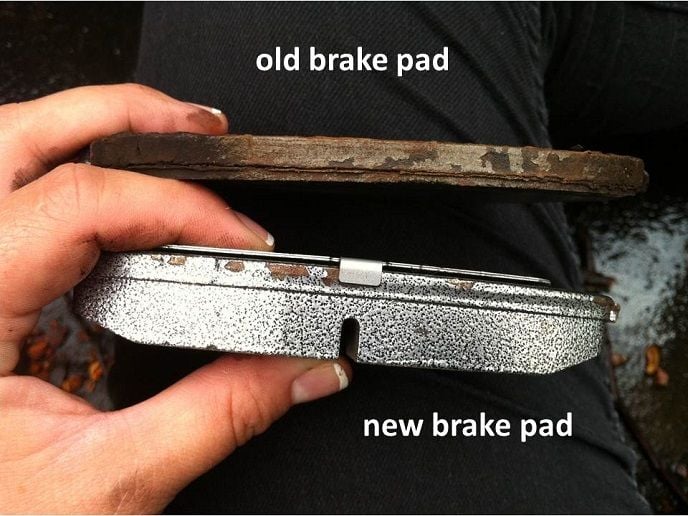
Related Discussions
- ABS Light Came On - Yotatech.com
- Help with the ABS Light - Yotatech.com
- ABS Problems - Yotatech.com




